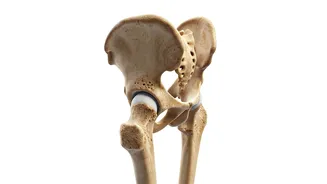Strength: The Foundation
Strength training emerges as a cornerstone of longevity, exceeding mere aesthetics to impact overall health. It plays a significant role in numerous health factors,
from bolstering bone density to enhancing metabolic health. A strong physical foundation combats age-related decline and safeguards against a spectrum of chronic diseases. Consistent strength training, tailored to individual needs, is a potent investment in a longer, healthier existence. It is not about lifting the heaviest weight; it is about working on the muscles to build strength and longevity.
Measuring Aerobic Fitness
Aerobic fitness is a powerful indicator of long-term health, often gauged through VO2 max tests that reflect the body's efficiency in using oxygen during exercise. High aerobic fitness often aligns with a reduced risk of various diseases. Regular cardiovascular exercise, like running, swimming, or cycling, is vital to maintaining and enhancing aerobic capacity. Incorporating High-Intensity Interval Training (HIIT) can optimize aerobic gains in less time than steady-state cardio. These activities boost heart and lung function, which is critical to a good life.
The Mobility Factor
Mobility, often overshadowed by strength and aerobic fitness, plays a critical role in overall well-being and longevity. It refers to the range of motion of your joints and the flexibility of your muscles, and this flexibility is frequently taken for granted. Regular mobility exercises, such as stretching, yoga, and dynamic movements, can enhance joint health, reduce the risk of injuries, and improve daily functionality. Improving mobility is not only beneficial for physical health but also contributes to mental health by reducing stress and improving body awareness.
What Really Matters
The true essence of health lies in the holistic integration of strength, aerobic fitness, and mobility. Rather than viewing these as separate entities, successful strategies focus on their interplay, creating a synergistic effect that promotes longevity and overall well-being. A balanced lifestyle, that incorporates strength training, cardio exercises, and mobility practices, provides a robust approach for a healthy life. The most effective approach aligns with individual needs and preferences, guaranteeing long-term adherence and maximum benefits.











